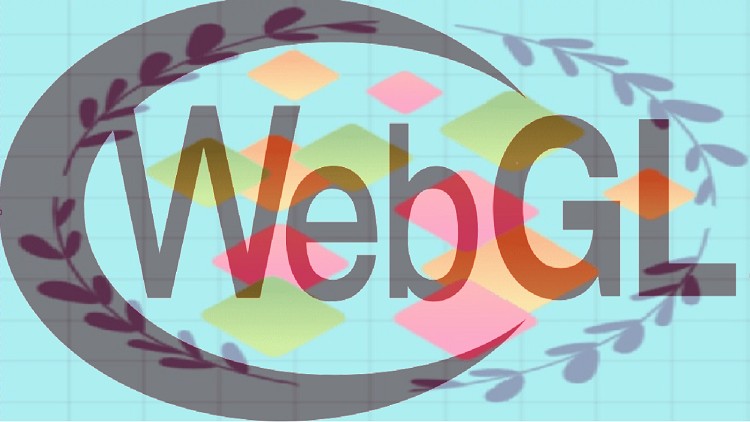WebGL internals

Why take this course?
🚀 Master WebGL2 with OpenGL ES 3.0, GLSL Shaders, and JavaScript!
Are you a JavaScript developer eager to step into the world of 3D graphics programming? Or perhaps an aspiring Image Scientist or Graphics Programmer? Look no further! This WebGL2(OpenGL ES 3.0) Programming using GLSL Shaders (Vertex and Fragment) and Javascript course is your gateway to mastering the intricacies of WebGL with a hands-on approach, free from any library dependencies that can obscure the fundamental concepts.
🎓 Course Overview:
This beginner-level course is meticulously designed to introduce you to the foundational principles of WebGL2, leveraging the power of GLSL (OpenGL Shading Language) and JavaScript. You'll learn how to create stunning graphics directly in your browser using nothing but standard web technologies.
Why Enroll?
-
No Libraries Allowed: We're stripping back the complexity by avoiding popular libraries at the start. This ensures you understand the core mechanics before exploring more advanced tools and libraries.
-
Hands-On Learning: Through practical exercises, you'll build your own library and use it to render to the canvas, providing a deep understanding of the rendering pipeline.
-
Career Opportunities: Gain the skills needed for a career in graphics programming, image science, or other fields where WebGL expertise is in high demand.
What You'll Learn:
📚 Core Concepts:
- Understanding the WebGL2 context and setting up your development environment.
- Exploring the power of GLSL for writing both Vertex and Fragment shaders.
- Diving into the WebGL rendering pipeline and its stages.
✨ Practical Skills:
- Creating and compiling shaders using GLSL.
- Manipulating vertex positions, colors, and textures in real-time.
- Implementing lighting models to give your scenes a realistic touch.
🛠️ Tools & Techniques:
- Writing JavaScript code that interacts with WebGL APIs.
- Utilizing buffers for efficient rendering of vertex data.
- Handling textures and understanding texture coordinates.
Course Structure:
-
Introduction to WebGL2 & GLSL
- Setting up your development environment
- Overview of OpenGL ES 3.0 and its benefits
- First steps with GLSL: Writing your first shader
-
WebGL Buffers & Rendering Pipeline
- Understanding vertices, indices, and buffer objects
- Mastering the rendering pipeline stages
- Batching for performance optimization
-
Advanced Shading Techniques
- Crafting Vertex Shaders to manipulate geometry
- Authoring Fragment Shaders to create complex materials and effects
- Implementing lighting, shadows, and more
-
Texturing & Materials
- Working with textures in WebGL2
- Creating and managing material properties
- Techniques for optimizing texture usage
-
Project Work: Build a complete WebGL application from scratch!
Who This Course Is For:
- JavaScript developers curious about 3D graphics programming.
- Aspiring Image Scientists or Graphics Programmers.
- Anyone interested in learning how to create visual effects and interactive graphics using Web technologies.
By the end of this course, you'll have a robust understanding of WebGL2, OpenGL ES 3.0, and GLSL Shaders. You'll be equipped with the skills to create complex 3D scenes and transform your JavaScript coding into visual masterpieces. 🌟
Ready to embark on this journey? Enroll now and unlock the full potential of WebGL2! 💻✨
Loading charts...